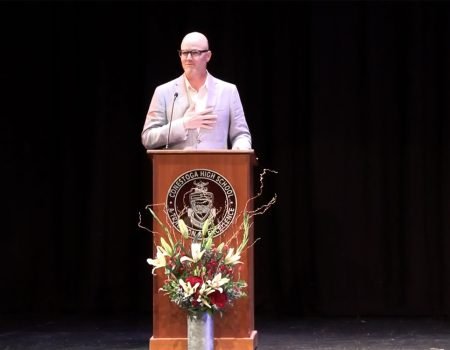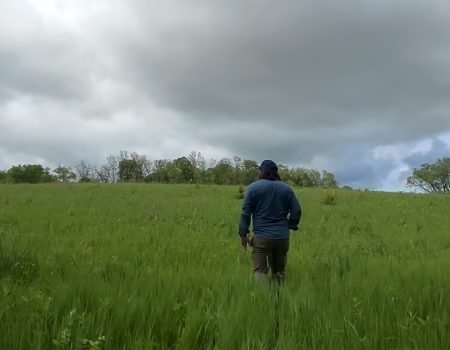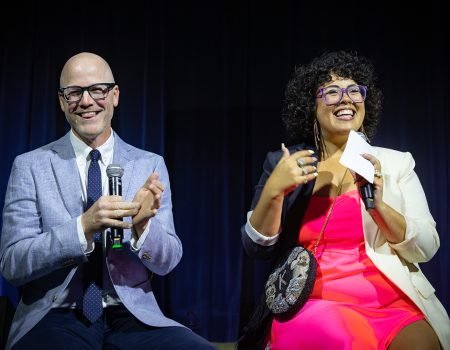Favorite Things, Volume IV
My parents signed me up for piano lessons when I was about seven-years-old.
Lessons were held at a small, Gothic conservatory on Lake Street in Oak Park, Illinois. Chris and I walked the quiet, tree-lined avenues dotted with Frank Lloyd Wright homes after school. The lobby’s white linoleum floors reflected cold, fluorescent lights. I sat in an orange plastic chair while Chris practiced, the sound of flutes, clarinets and drums ringing in my ears, before switching positions and climbing atop an old wooden bench. My music teacher was a thirtysomething woman with flowing brown hair.
I had nearly as much trouble reading musical notation as I did executing long division. I struggled through the beginner’s book (I distinctly recall performing “The Volga Boatman’s Song” at a recital), but it wasn’t taking. I didn’t know it at the time, but I was playing by ear. I would ask my music teacher to play the song, then play it back for her.
My parents typically picked Chris and I up after class. Often, if I lobbied hard enough, they would let us riffle through 45s next door at the local record shop. Week after week I asked the clerk to order me a copy of Gordon Lightfoot’s “The Wreck of the Edmund Fitzgerald.” And week after week he told me it was on its way (my first lesson, perhaps, in dealing with people who lack follow through).
I first heard the song on WLS-AM, Chicagoland’s top forty station. If I was home, odds are I was listening to WLS. “The Wreck of the Edmund Fitzgerald” isn’t standard radio fare. The song is a fourteen-verse, mid-tempo, singer/songwriter ballad clocking in at over six minutes. Its arrangement is sparse: a lightly strummed acoustic, bass, drums, and an electric guitar somewhere between weeping and waling. The entire 6:14 is dripping in pedal steel. And it’s about the sinking of an iron-ore cargo ship in a storm on Lake Superior. The lyrics are replete with images of Indians, witches, Gods and sailors. It was a broad canvas for a seven-year-old to survey.
I grew up on the edge of lake Michigan, and my vacationed on the numerous lakes of Minnesota. And so the waters there held fascination for me. So too did storms. The great thunderstorms of the Midwest (previously chronicled on these pages) were at once exciting, and terrifying. And as any Iowa or Kansas native will tell you, the path of destruction is often wide.
It is no secret, too, that there were storms in my household. Like the fierce gales on the Great Lakes, they were unpredictable, relentless, and chaotic.
The lake, it is said, never gives up her dead
When the skies of November turn gloomy
The song came on my iPod as I was running through the ramble this morning. I typically count on more raucous fare to carry me through the miles: The Vines, The Damnwells, The Distillers. But this morning I let it play, and for a moment, striding up a stairway carved into the great granite slabs that anchor New York City to the earth, I felt a lump in my throat for just an instant as it all came crashing back, like a wave over a railing.
Does anyone know where the love of God goes
When the words turn the minutes to hours
It occurred to me this morning that, perhaps — at least in part — “The Wreck of the Edmund Fitzgerald” became some sort of unconscious template for me. In its characterization of natural disasters (as fact and metaphor), its snapshot of the moment of impact, and its consideration of the human toll taken, the song has somehow become the blueprint for, not only how I’ve traversed my own stormy seas, and how I’ve processed those squalls, but also in the art I’ve created as a result. Just listen to “Natural Disaster” (from “Bloom”), or “Crash Site” (from “Crash Site”), or “Harder To Believe” (from “Heartland”). They are all about the moment the skies opened up, the winds wreaked havoc, and left us in the wake to pick up the pieces.
My piano lessons ended some time thereafter when my mother ascertained I was playing by ear. And I never did get the 45, but I got the song.



